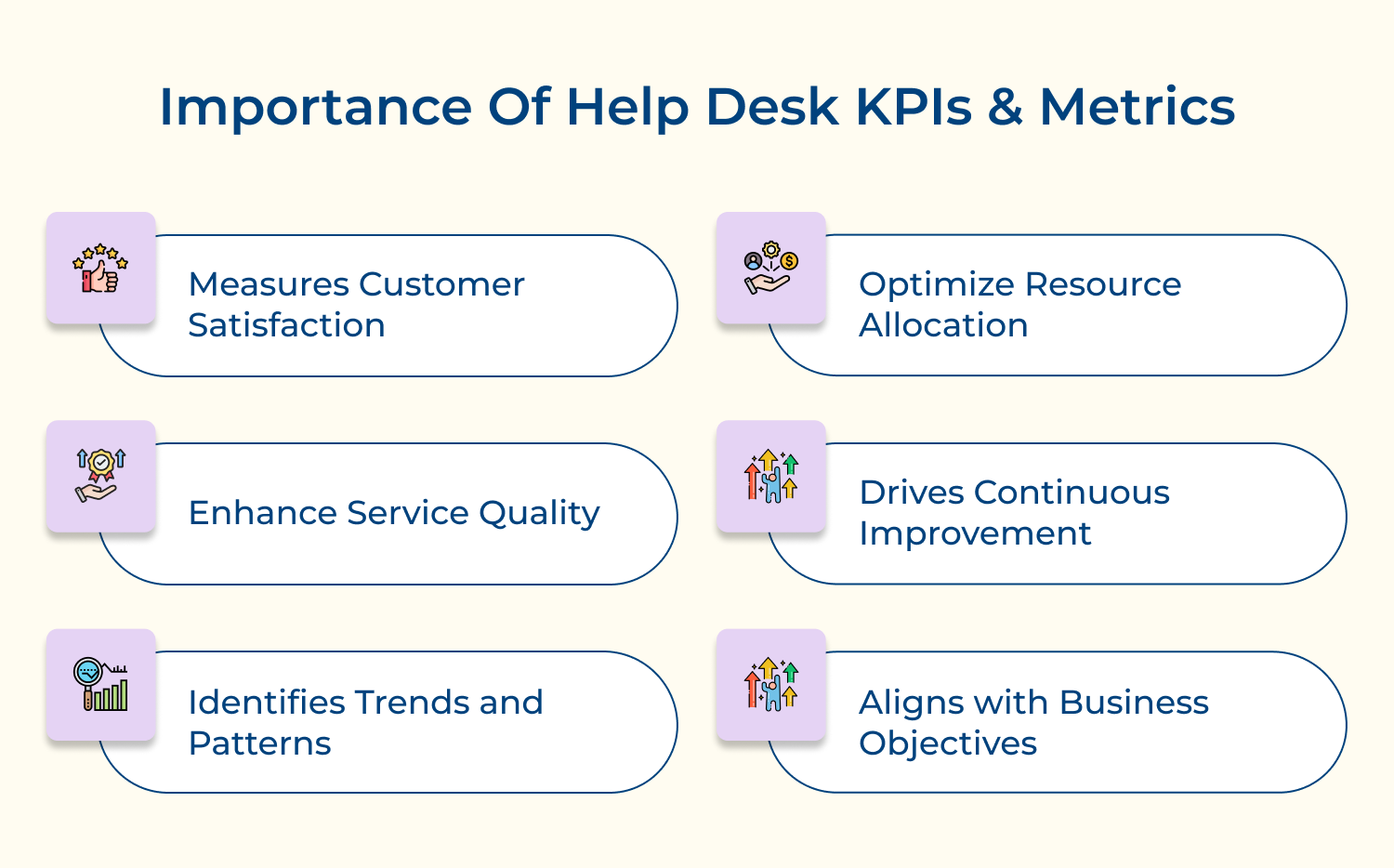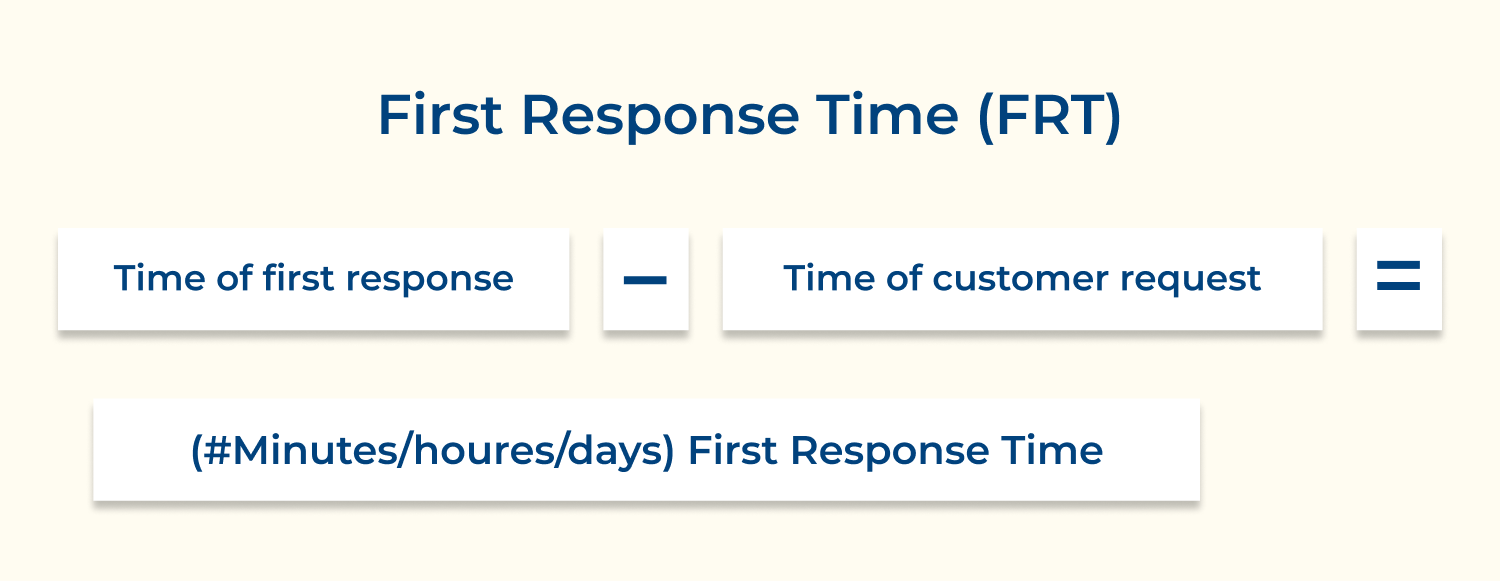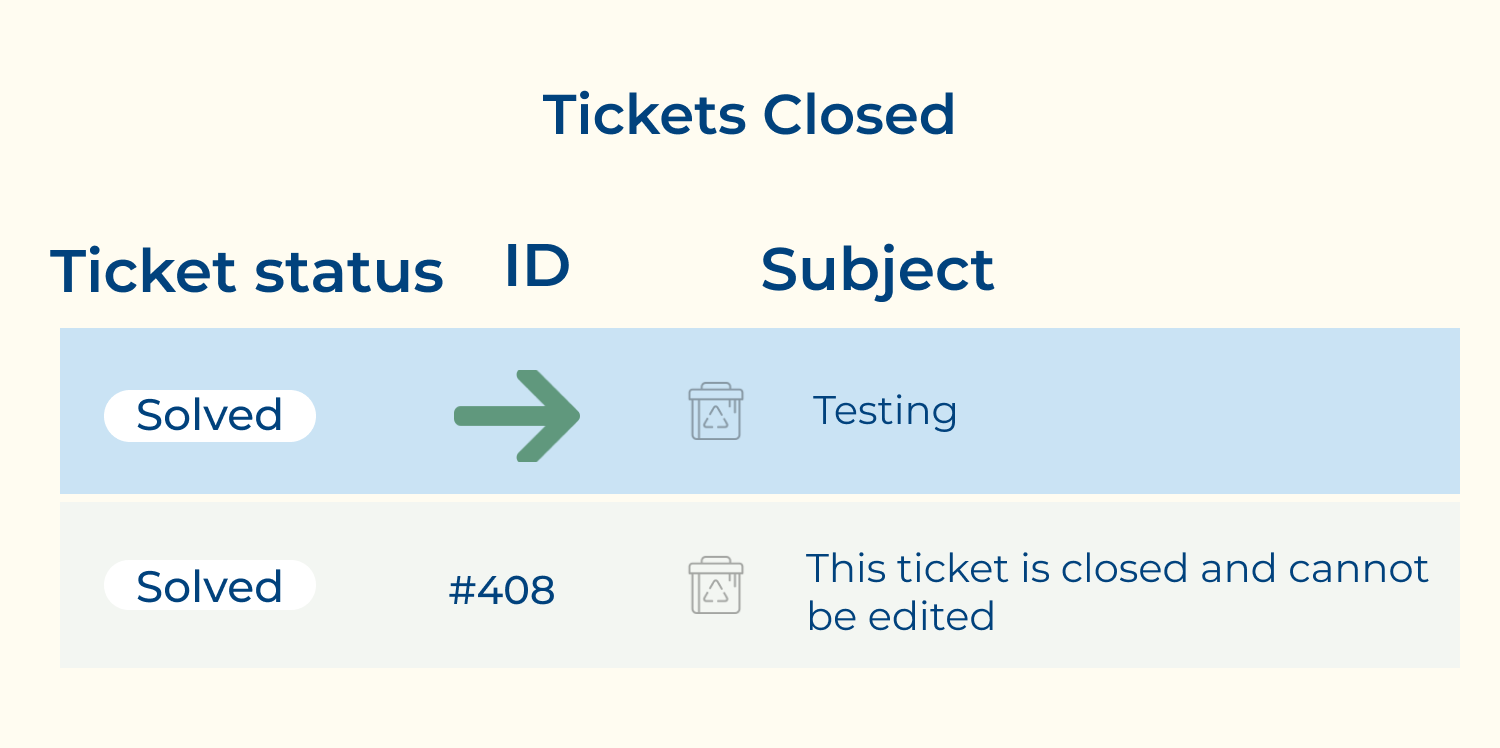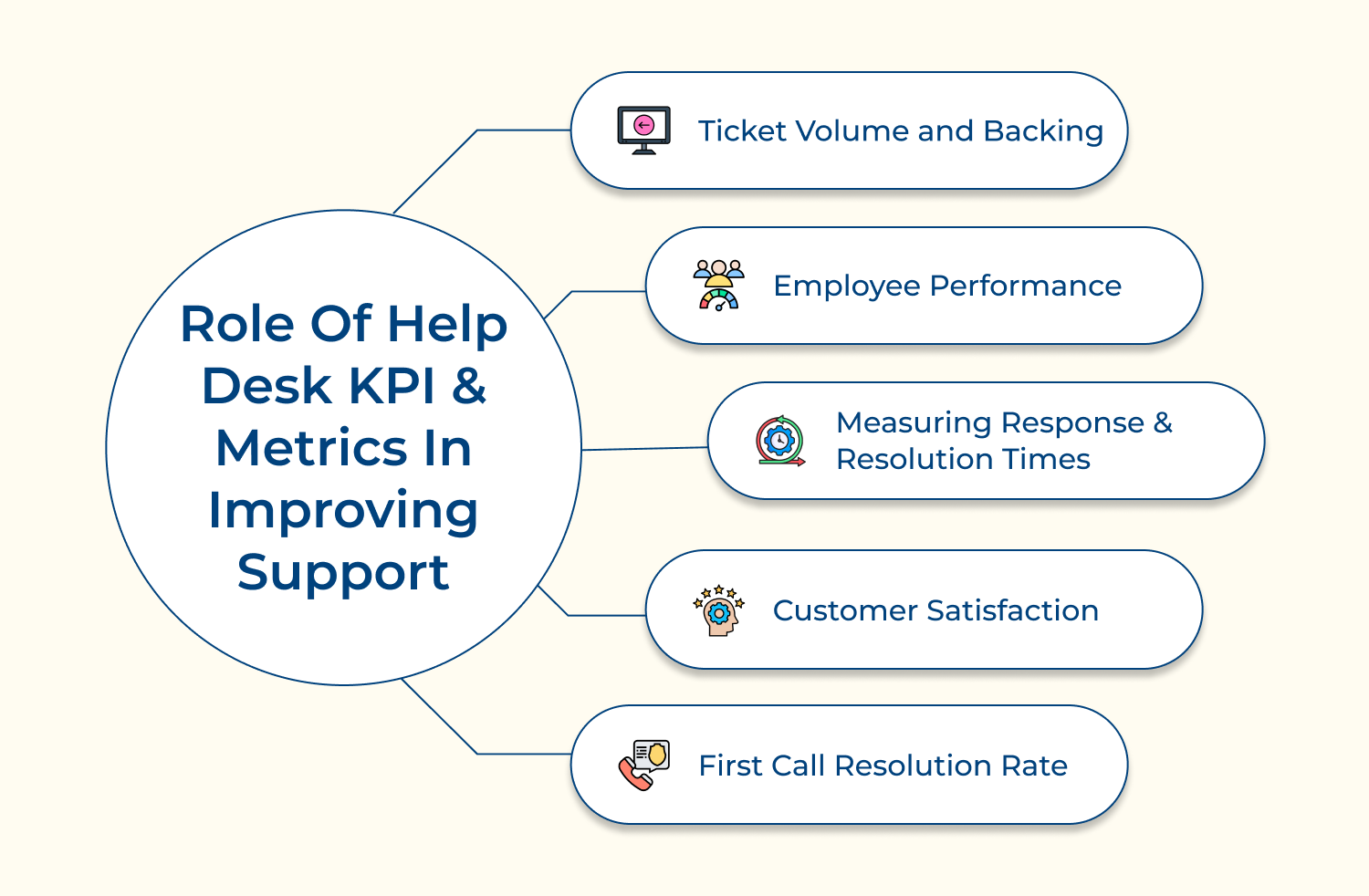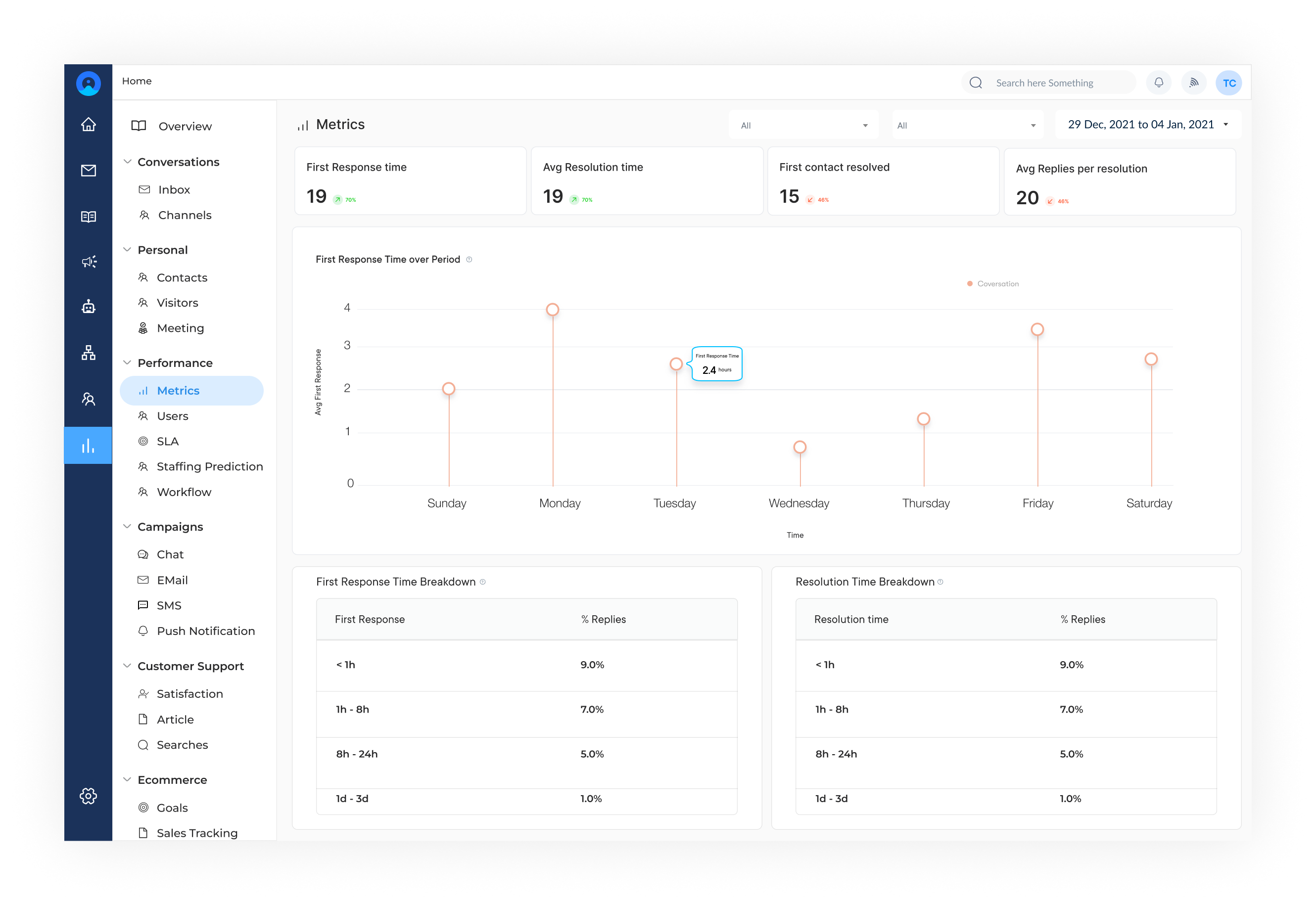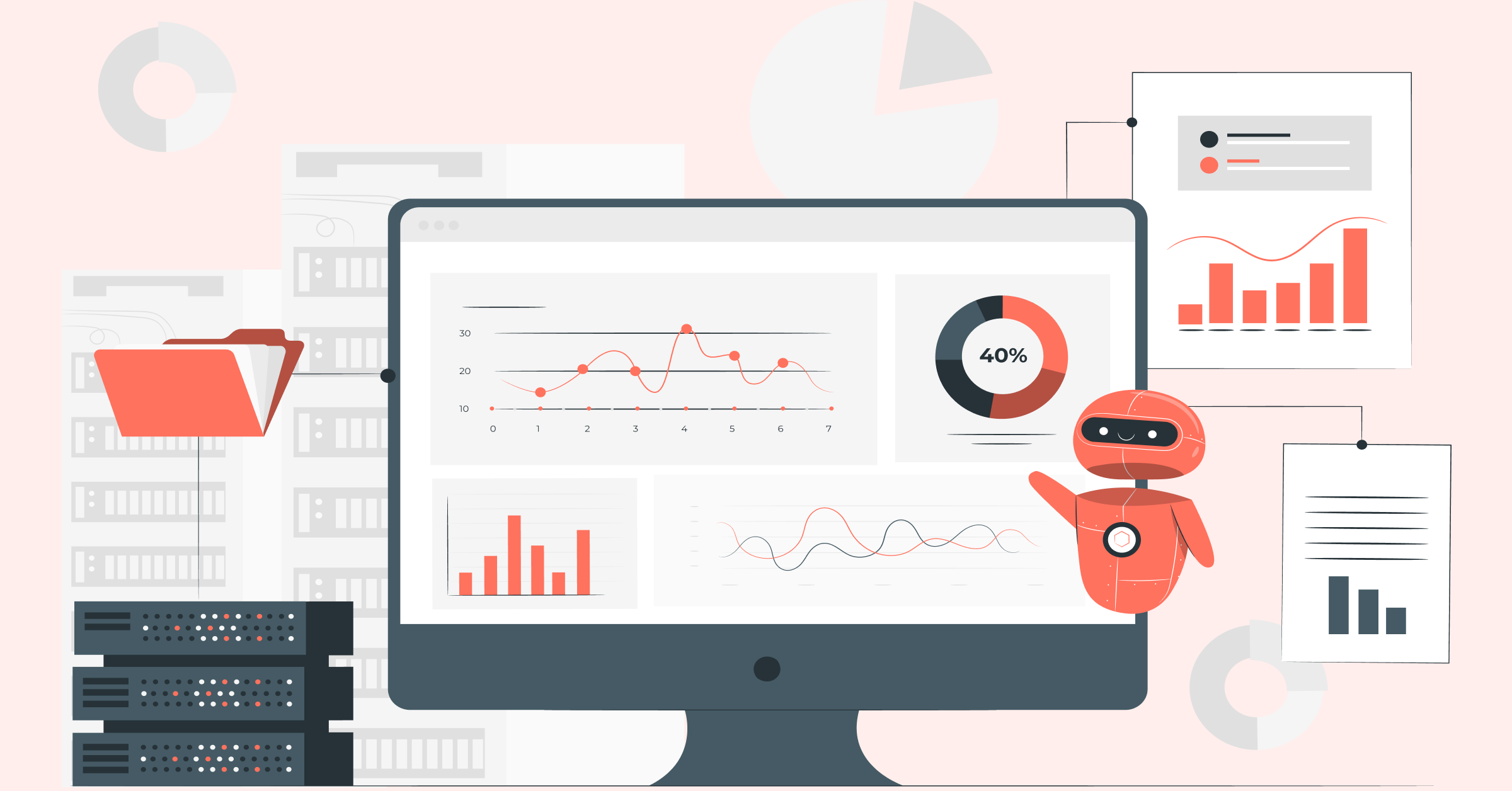Veemo is another top-rated help desk software that includes a powerful KPI dashboard. It offers a wide range of metrics or analytics to monitor agent productivity, customer feedback, and ticket resolution rates.
The customizable dashboard allows you to visualize data in charts, graphs, and widgets based on your preferences. With Veemo, you can easily identify areas that need improvement and streamline your support operations.
Key features:
- Agent workload: Measure the number of open tickets assigned to each agent. It helps ensure your support staff is not overwhelmed and can effectively handle customer inquiries.
- Conversation volume: Monitor the number of conversations taking place within your help desk platform. It provides insights into the workload and helps you allocate resources effectively.
- Customer effort score (CES): Assess how much effort customers have to put in to resolve their issues. It measures the ease of the support process from the customer’s perspective.
Pricing: Veemo offers a range of pricing plans to suit businesses of all sizes, ranging from $29 per month per user for up to $149 per month per user including advanced features such as automation, integrations, and custom branding. The software also offers a 14-day free trial for businesses to test the features before committing to a paid plan.
3. Help Crunch
Help Crunch is a customer communication platform that incorporates a KPI dashboard to track key metrics related to customer support. It provides insights into response times, resolution rates, customer feedback, and agent performance. Help Crunch also offers a live chat feature, which allows support teams to communicate with customers in real time.
Key features: The KPI dashboard provides a holistic view of your help desk operations, helping you to optimize efficiency and deliver exceptional customer service.
4. Gorgias
Gorgias is a help desk software designed specifically for e-commerce businesses. Its KPI dashboard offers insights into metrics such as response times, customer satisfaction, agent performance, and ticket status. Gorgias integrates seamlessly with popular e-commerce platforms like Shopify, Magento, and WooCommerce, allowing for efficient management of customer inquiries.
Key features: The software’s automation capabilities help streamline repetitive tasks, enabling your team to focus on more complex customer issues.
5. Gladly
Gladly is a customer service platform that provides a comprehensive KPI dashboard to help track and measure customer support metrics. It offers insights into response times, customer satisfaction scores, agent productivity, and customer communication history. Its unified view of customer interactions across various channels ensures smooth and personalized support experiences.
Key features: The KPI dashboard enables teams to identify trends, identify bottlenecks, and make data-driven decisions to enhance customer service.
Provide Quality Support by Utilizing Help Desk Metrics and KPI
KPIs and metrics are instrumental in driving improvements in help desk support. By tracking these indicators, organizations can gain valuable insights into the effectiveness of their support processes and make data-driven decisions.
Continuously monitoring and striving to improve these metrics can lead to enhanced customer satisfaction, streamlined support processes, as well as a more effective service desk team. Whether you are a small business or a large organization, implementing a help desk metrics dashboard can streamline your support operations and enhance customer satisfaction.

